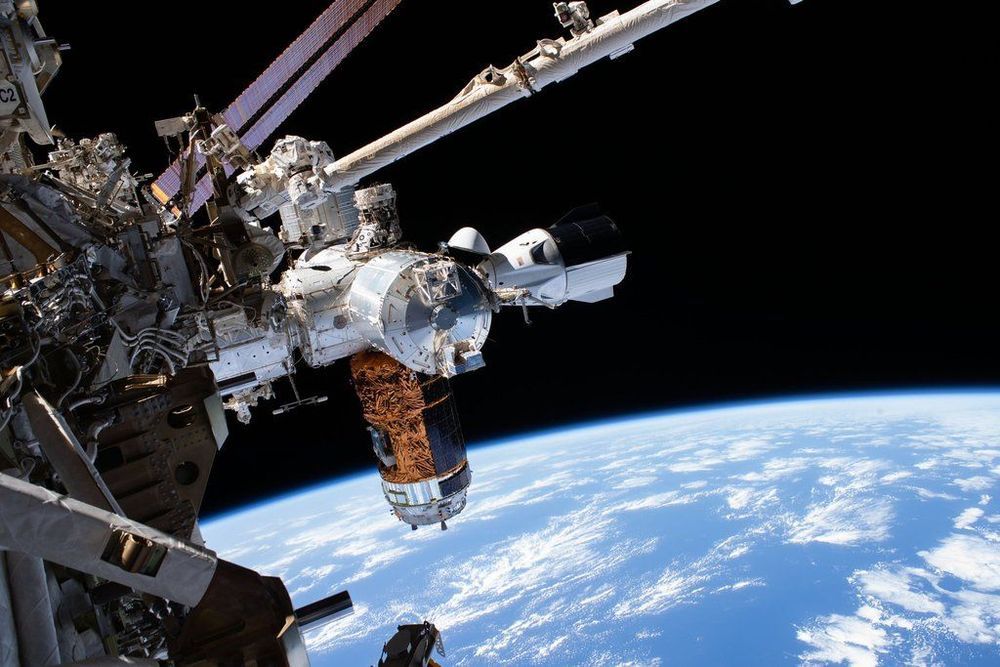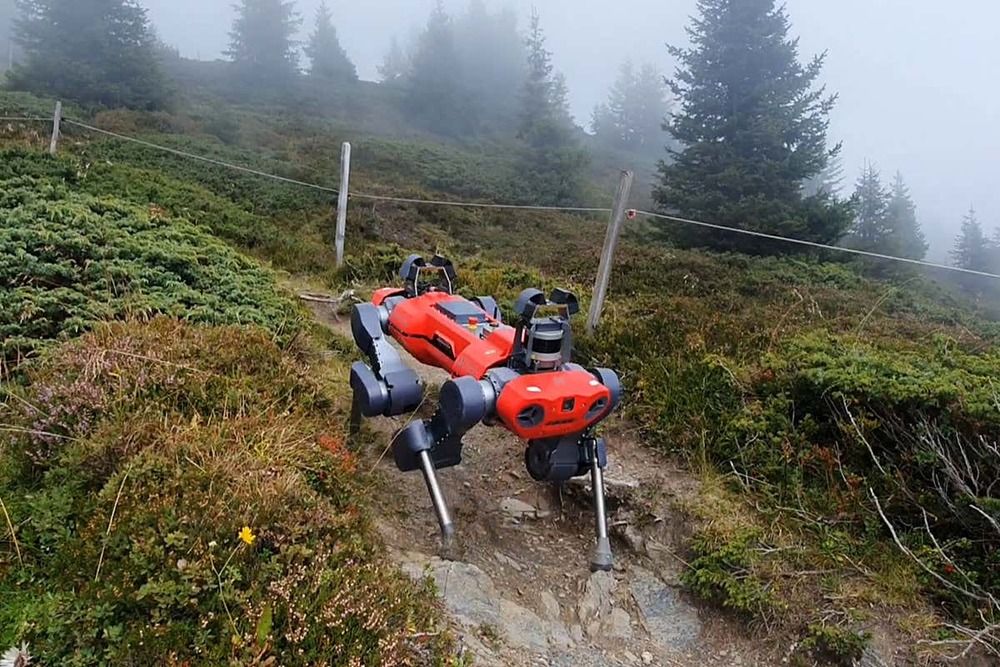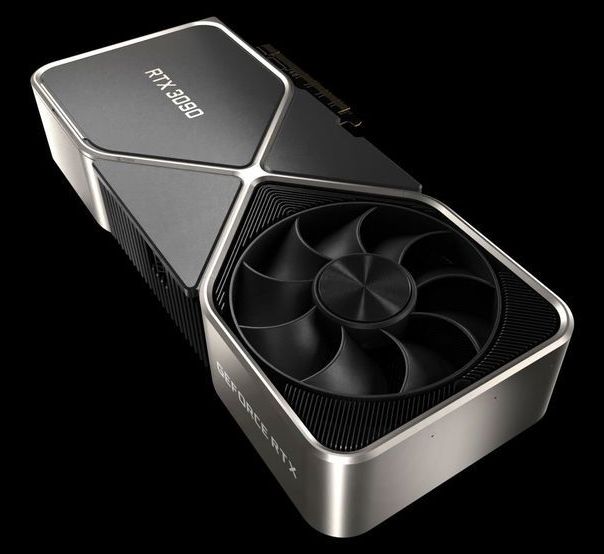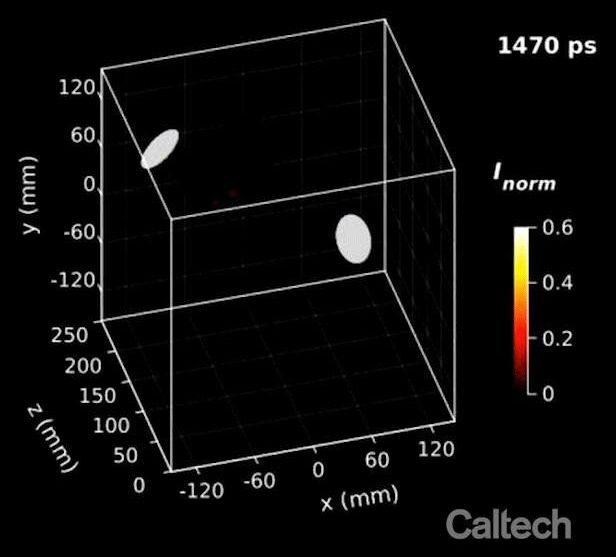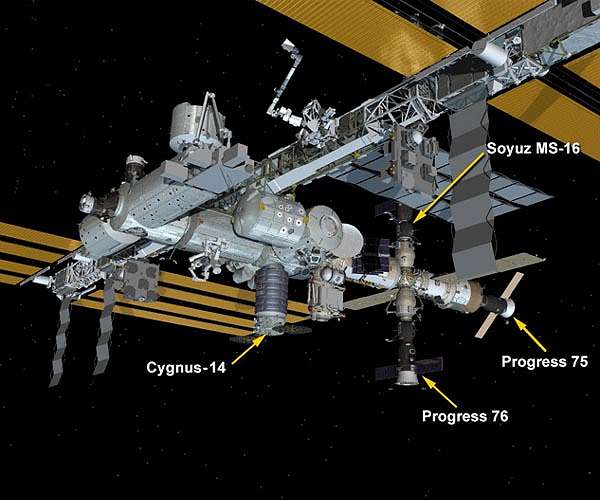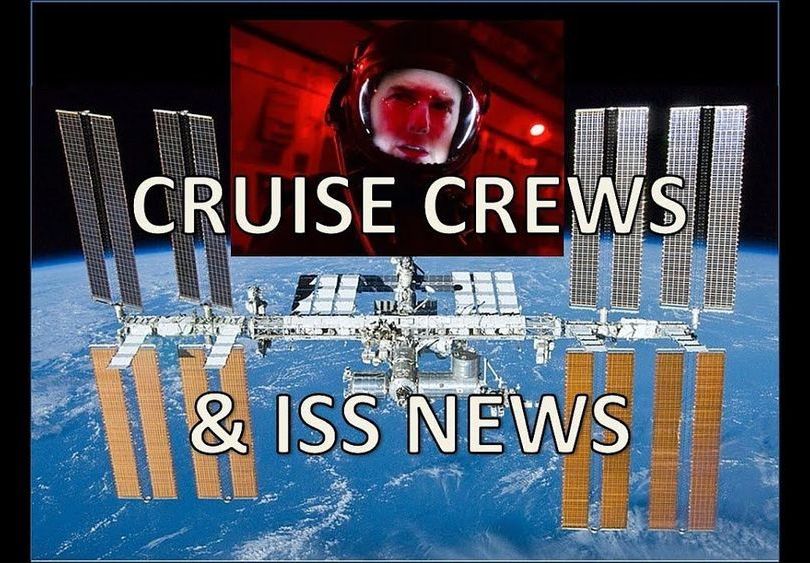SpaceX launched its first crewed mission to ISS in May this year. The company demonstrated its spacecraft is safe and reliable to carry humans to space and back. Axiom’s space tourist mission with SpaceX is scheduled to be a 10-day journey that will launch civilians aboard Crew Dragon to the space station atop a Falcon 9 rocket. The space tourists will stay at ISS for 8 days, where they will experience microgravity and amazing views of our planet.
SpaceX’s first private civilian flight will carry three Axiom customers who will fly alongside former NASA Astronaut Michael Lopez-Alegria, he will be commander during the mission. Earlier this year, NASA and SpaceX announced Hollywood actor Tom Cruise will film a movie at the space station and fly aboard Crew Dragon. Then, reports surfaced about Cruise and his film production agency working with Axiom is responsible for providing ‘training, mission planning, hardware development, life support, medical support, crew provisions, hardware and safety certifications, on-orbit operations and overall mission management.’ However, Axiom has not officially disclosed who their private passengers will be on their first mission in collaboration with SpaceX.
